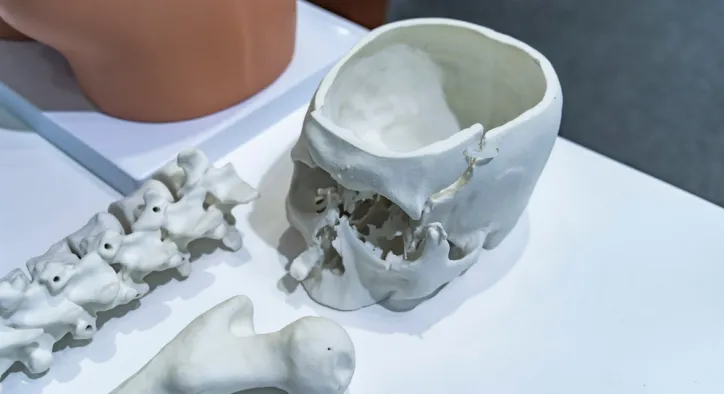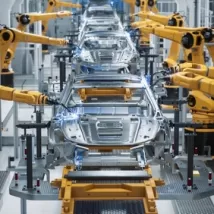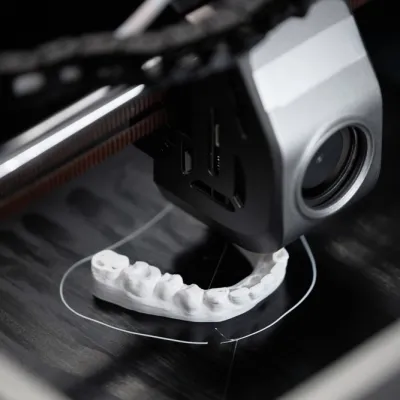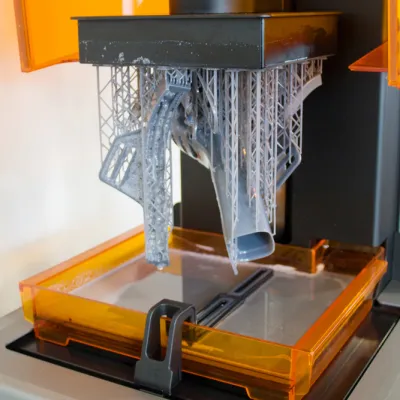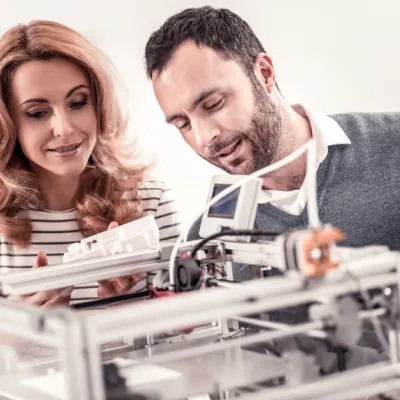- Konu Başlıkları
- Organ Production with 3D Printing: The Limits of Biotechnology Are Disappearing!
- Organ Production with 3D Printer: The Basics!
- Artificial Organ Production with 3D Printing
- Creating Human Organs with 3D Printers
- 3D Printing Organ Production: Areas of Use of Manufactured Organs
- Which Organs Are Produced with 3D Printing Technology?
- Skin Production
- Kidney Production
- Heart Production
- Cartilage Production
- Pancreas Production
- Ear Production
- Eye Production
- Organ Production with 3D Printer: The Treatment Method of the Future
- The Rising Future of Organ Production with 3D Printing
Organ Production with 3D Printing: The Limits of Biotechnology Are Disappearing!
As technology advances every day, revolutionary innovations in the field of health are also increasing. One of these innovations is the concept of organ production with 3D printing. While there are millions of patients waiting for organ transplants today, the solutions offered by 3D printing technology are creating great excitement in the medical world. So, what is organ production with 3D printing and how does it happen? We will examine in detail how organ production is done with 3D printers and the contributions of this technology to the health sector.
[widget-131]
Organ Production with 3D Printer: The Basics!
Organ production with 3D printing is actually the three-dimensional reconstruction of organs using biological materials. Organ production with 3D printers aims to shorten the long processes that patients experience while waiting for organ transplants. While traditional organ transplants face difficulties such as finding donors and preparing the appropriate organ, 3D printing organ production promises to eliminate these problems.
Bioengineering is the basis of organ production with 3D printing. The special materials used here, called "bio-ink", are biological substances made of cells, and these materials are combined layer by layer by printers to form organ tissues. In this way, structures similar to the biological structure of human organs can be created.
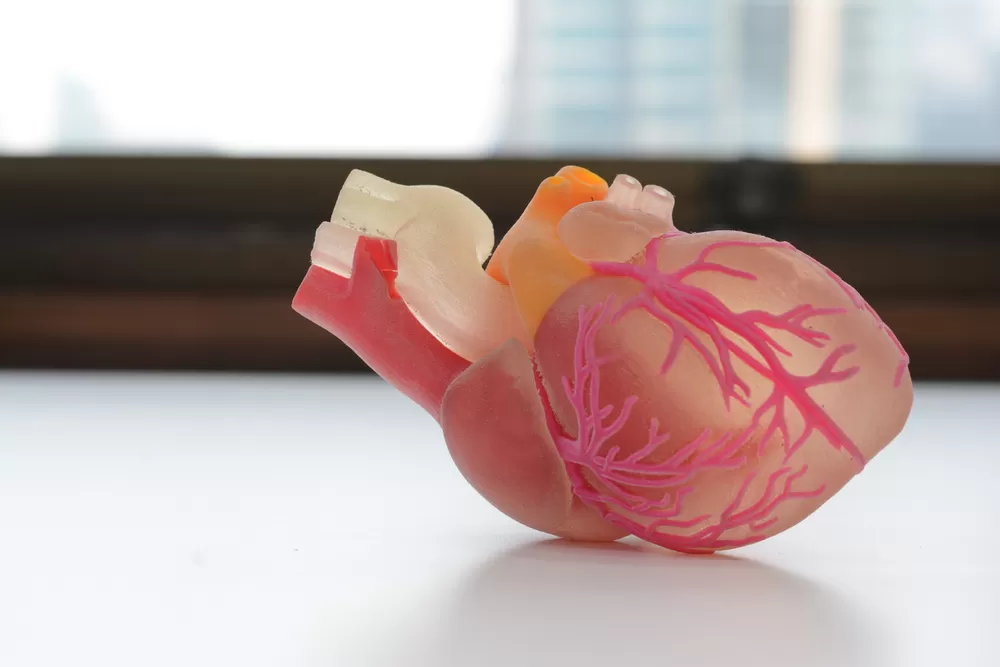
Artificial Organ Production with 3D Printing
Artificial organ production with 3D printing has gained an important place in the health world in recent years. Artificial organs are usually designed to mimic the functions of an existing organ. For example, organs such as a heart, kidney or liver can be replaced with artificial organs produced with 3D printers. Such organs offer a promising alternative, especially for patients waiting for organ transplants.
Artificial organ production with 3D printers can be designed to perform all the biological functions of the organ. Thus, it is expected that the number of patients waiting for organ transplants will decrease and artificial organs will have fewer side effects on patients. Artificial organ production with 3D printers can speed up the treatment process of patients and overcome the difficulties experienced in organ donation.
Creating Human Organs with 3D Printers
The process of creating human organs with 3D printers is a huge step in the field of biotechnology. Human organs can be produced with the combination of medical research and engineering using 3D printers. These organs can have similar functionality to patients' real organs. Organ production with 3D printing has the potential to help find solutions to many problems in medicine.
This technology holds great promise, especially for patients who cannot find a suitable donor for organ transplantation. For example, organs can be made from the patient's cells using 3D printers, thus minimizing the risk of organ rejection. Creating human organs with 3D printers will have a much larger place in the health sector in the future.
3D Printing Organ Production: Areas of Use of Manufactured Organs
The use of 3D printed organs is of great importance not only for organ transplantation, but also for medical research. Thanks to 3D printing organ production, medical students and scientists can examine three-dimensional models of organs and receive better education and develop new treatment methods. In addition, organ models can be produced for drug tests, and thus the effects of drugs on humans can be tested in a healthier way.
Apart from these, 3D printing organ production can also be used in the treatment of genetic diseases. Especially in the treatment processes of individuals with genetic diseases, more effective treatment methods can be developed by using personal organ models.

Which Organs Are Produced with 3D Printing Technology?
3D printing technology has revolutionized many sectors today and has great potential in the field of medicine. Artificial organ production with 3D printing is one of the most exciting applications of this technology and opens the doors to a new era in the health sector. 3D printers can accelerate the treatment process of patients and offer personalized solutions by imitating the biological structure of organs. Some organs and organ-like structures have been successfully produced so far, and the future potential of this technology is even greater.
Skin Production
Artificial organ production with 3D printers has great potential, especially in burn treatments and skin diseases. Organ production with 3D printers can be carried out in a way that can mimic skin layers. When skin is produced with different layers of the skin, it can accelerate the wound healing process and provide faster treatment for the patient. Skin production with 3D printing can also be used in aesthetic surgeries, allowing the production of personalized skin tissue.
Kidney Production
Kidney production with 3D printers is one of the most exciting areas of biotechnological research. In 3D printing organ production research, the internal structures of the kidneys, tubes and vessels have been successfully produced. Thanks to this technology, it is possible to develop new approaches in the treatment of kidney diseases. Organ production with 3D printing promises hope for patients waiting for a kidney transplant and aims to overcome the difficulties experienced in organ donation.
Heart Production
Although artificial organ production with 3D printing is still far from producing a fully functional heart, significant progress has been made in the production of heart and vascular structures with 3D printers. Thanks to organ production with 3D printing, the vascular structure of the heart can be reconstructed. Modeling the heart and vascular system offers new research opportunities in the treatment of heart diseases and may constitute an alternative method for heart transplantation in the coming years.
Cartilage Production
Artificial organ production with 3D printing is of great importance in the treatment of joint diseases and sports injuries. Organ production with 3D printing can be used for cartilage treatment in areas such as knee and hip joints. Thanks to this technology, specially produced cartilage tissues can be provided especially for patients who have suffered joint damage at a young age. 3D printing organ production offers personalized solutions in joint treatments. Liver Production
Production of artificial organs with 3D printing allows the production of some parts of the organ and vascular structures. Although it is not yet possible to produce a fully functional liver, liver tissue and cell structures can be created with 3D printers. Organ production with 3D printers is an important research area in the treatment of liver diseases and enables the development of personalized treatment methods.
Pancreas Production
Production of pancreas with 3D printing is a research area that allows the imitation of the insulin production function. Some cells and parts of the pancreas can be produced with 3D printing, which can offer new methods in the treatment of pancreatic diseases such as diabetes. 3D printing organ production aims to contribute to the treatment process of patients by developing a functional model of the pancreas.
Ear Production
Production of ears with 3D printing offers a perfect solution for individuals with congenital ear loss. Thanks to organ production with 3D printing, customized prostheses in the shape of an ear can be produced. The ear can be designed biologically correctly and can be produced individually. Organ production with 3D printers can provide aesthetic and functional solutions for individuals with ear loss.
Eye Production
Eye production with 3D printing is a promising area of research for individuals who have lost their vision. Some parts of the eye, especially the cornea, can be produced with 3D printers. This is a treatment method that aims to restore vision. 3D printing organ production offers new generation solutions that can be used in the treatment of visual impairments and has the potential to revolutionize the world of medicine.
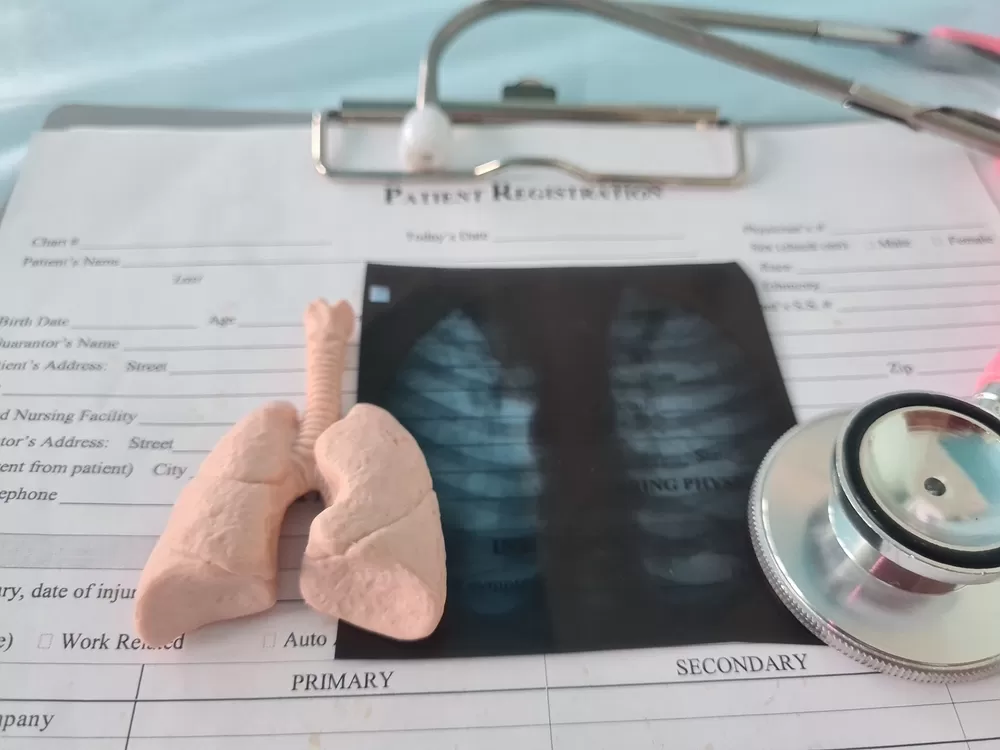
Organ Production with 3D Printer: The Treatment Method of the Future
One of the most important health problems of today is the inadequacy of organ donations. However, organ production with 3D printing can offer a permanent solution to this problem. Organ production with 3D printers aims to reduce the number of patients waiting for organ transplants and shorten treatment times. The biggest advantage of this technology is that organs are produced specifically for each person. Organs produced using personal cells will be compatible with the body and have a lower risk of rejection.
In the future, with the further development of 3D printing organ production, the number of patients waiting for organ transplants may significantly decrease. In addition, ethical issues related to organ production will also be solved. 3D printing technology will open the doors to a new era in organ production.
[widget-136]
The Rising Future of Organ Production with 3D Printing
Organ production with 3D printing is creating a major revolution with the solutions it brings to the healthcare sector. Organ production with 3D printers offers permanent solutions to many problems in the medical world and is a glimmer of hope for patients waiting for organ transplants. The advances it provides in areas such as artificial organ production with 3D printing, creating human organs and using 3D printed organs are shaping the future of medicine.
With the advancement of 3D printing technology, it will be possible for organ production to become more efficient, faster and more personalized. This could be a turning point for millions of patients around the world. Organ production with 3D printing, which starts a new era in the healthcare sector, will be a major step towards medical treatment.

